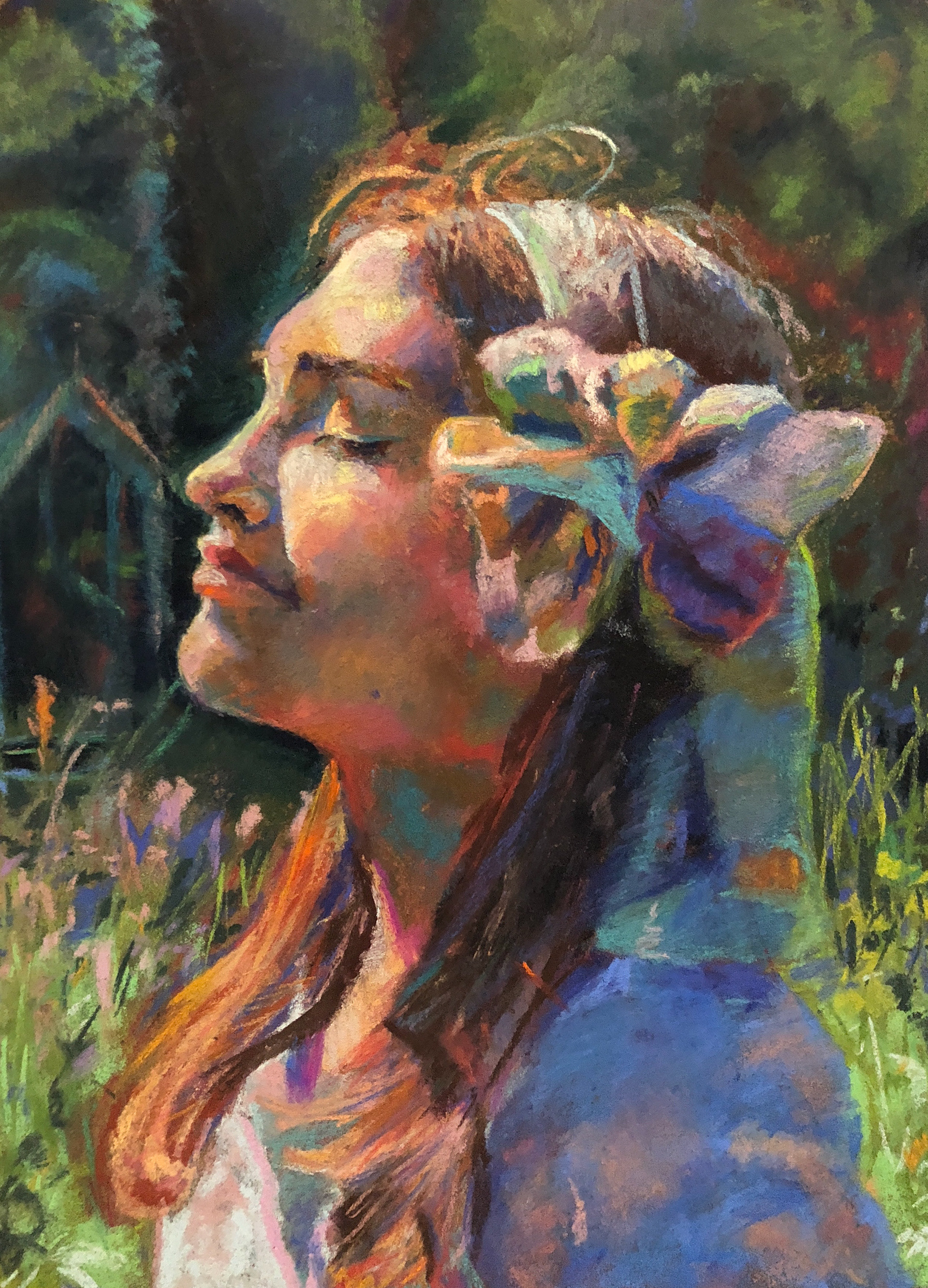There are many ways humans can learn from the earth if they choose to relate and connect with it. This depends on how humans choose to participate and be a part of the system of nature rather than exclude themselves as an element of the earth. As a child, I had a more grounded relationship to the earth, that I unlearned through becoming rationalized into the western perception of ‘nature’ from education and society’s use/abuse of ‘nature’. The cities around me tried to introduce trees along sidewalks, kept well pruned parks and gardens, and overwhelmed the earth with concrete and metal conforming to an ideal way ‘nature’ should exist around humans. I learned the historical importance of extracting and creating energy from coal, oil, the clear cutting of trees, and damming rivers to boost our economy and progress as humans without moderation. I question these teachings and ways of ‘using’ nature. I want to help people see the earth as something that lives with us and in us and see our responsibility to care for it intentionally, mentally, and physically.
I have thought about what the term ‘natureculture’ attempts to convey, but I think it fails. It tries to bring together nature and culture when nature does not feel associated with culture and culture is not defined as nature. These two terms come together to try to redefine a human/earth relationship where the two coexist in an integrated way. Yet, nature implies something to be observed by humans that people can step into but not be and culture represents human manifestations, discoveries, and traditions. I do not find this term progressive in redefining what it means to be human on earth, so I created my own term, ‘concordiaviture’, which is latin for harmonious unity of life. This term encapsulates a broader definition of my hope for connectivity of life that sheds the shortfalls of distinct anthropocentric separations between nature and culture.
This woven iteration of concordiaviture explores the ambiguity of body and landscape. My reference material was developed with an abstract watercolor technique that involves applying a dark value of paint over a gessoed canvas and then removing the paint to reveal the light background layer. This technique allowed me to create landforms and figures with freedom where one becomes the other and both work with one another rather than against. There is harmony within the artwork that translates to the weave where the connections between the light and dark values are further open to interpretation.
Jacquard Woven with Pointcarre Software made with mohair, wool, and rayon. The piece is 54 in wide and 2 yds long.
Process watercolors discovering the ambiguity of what is human and what is landscape
